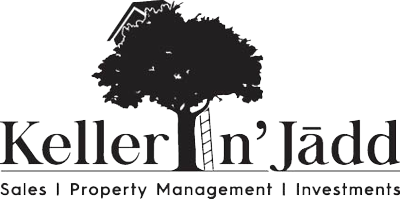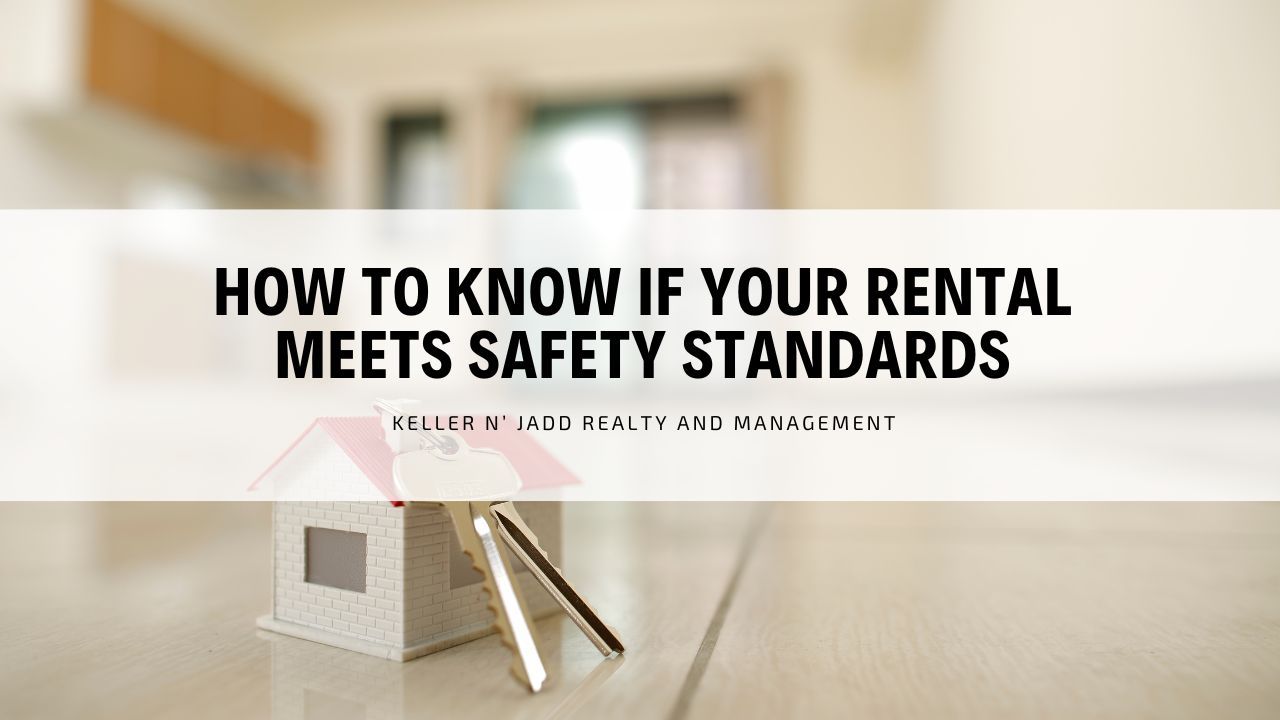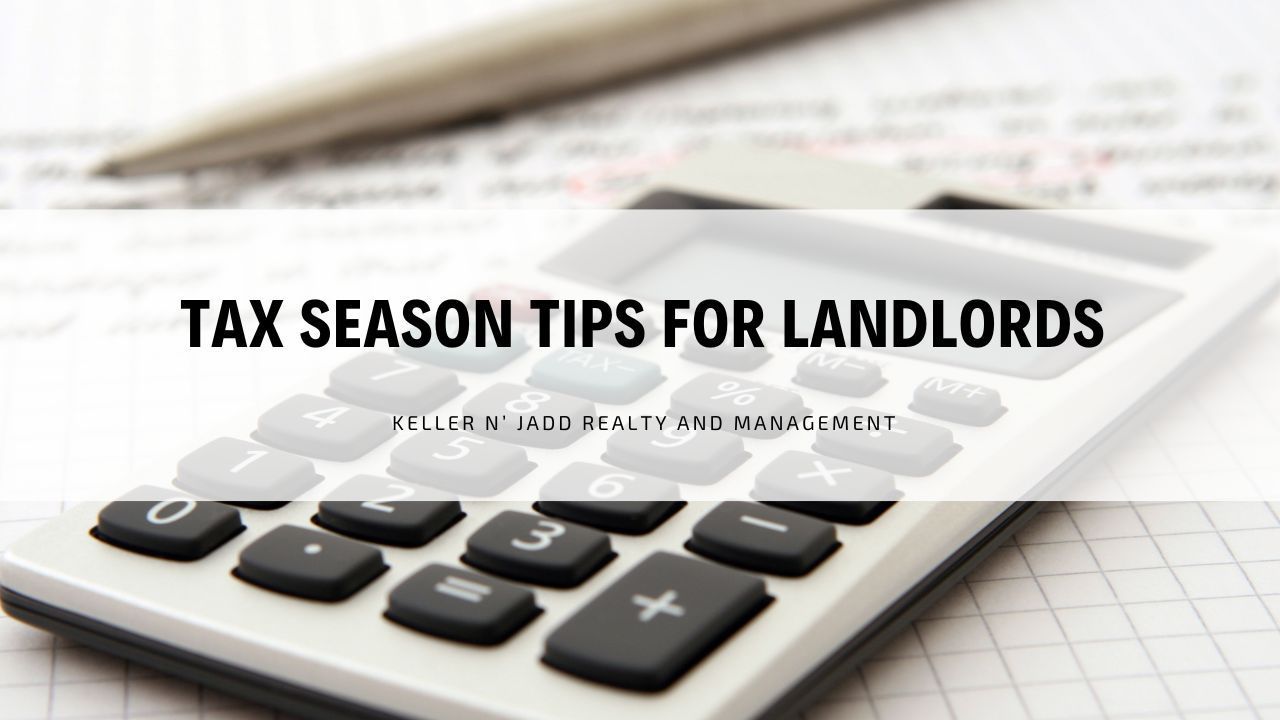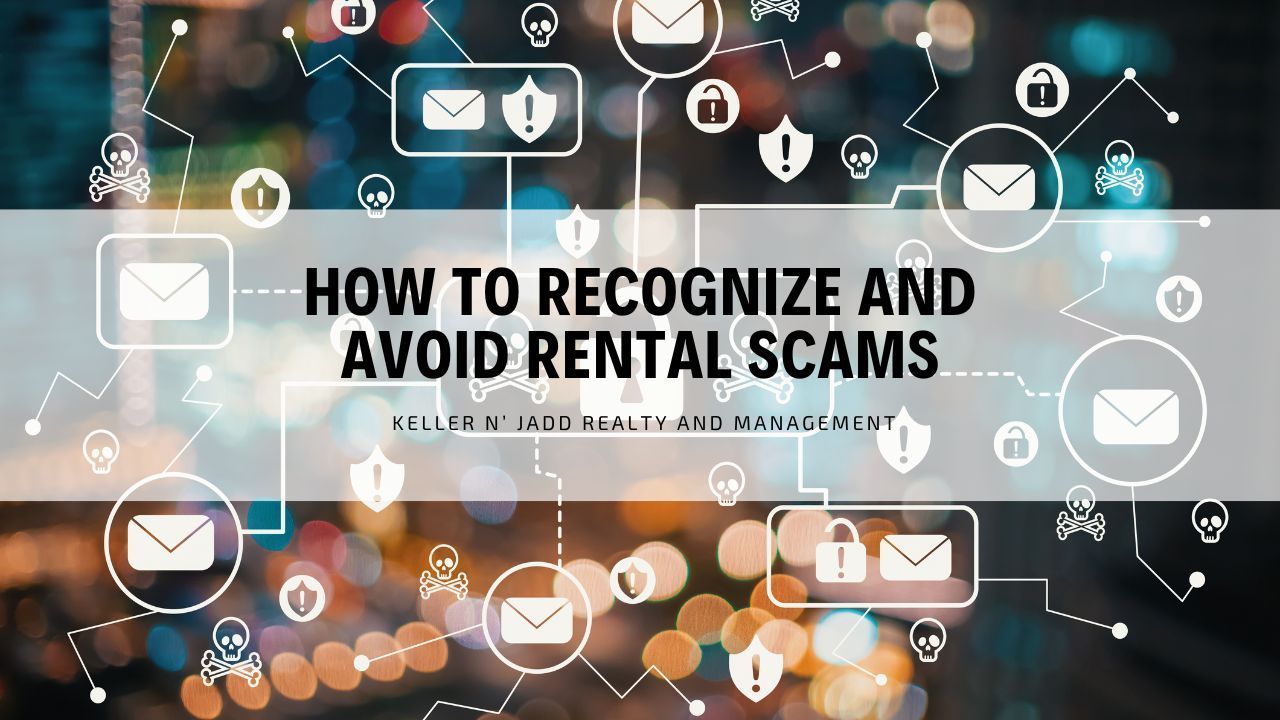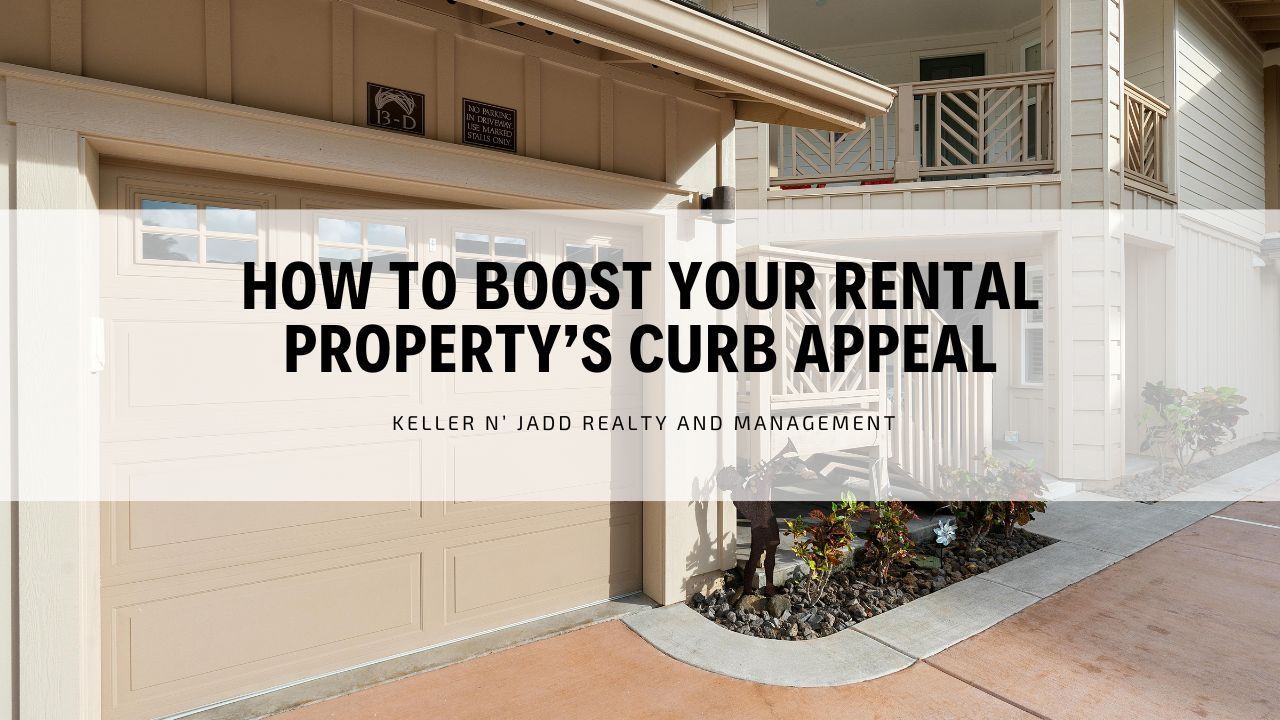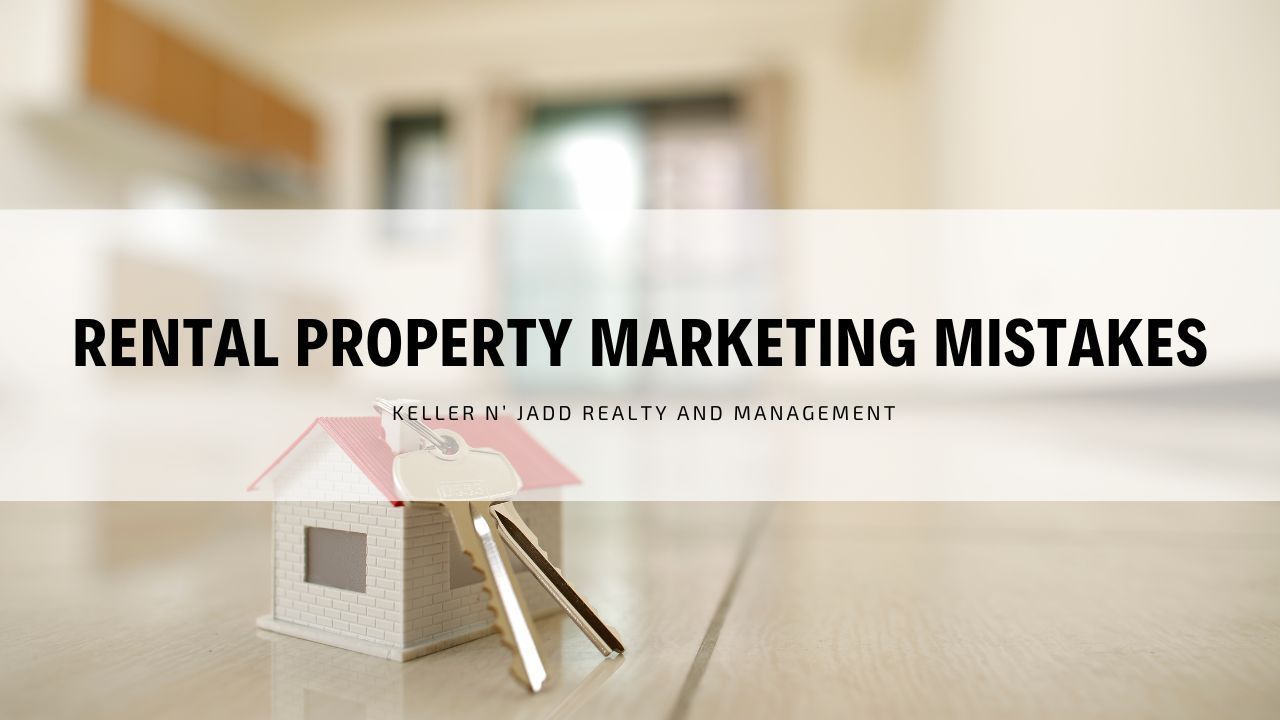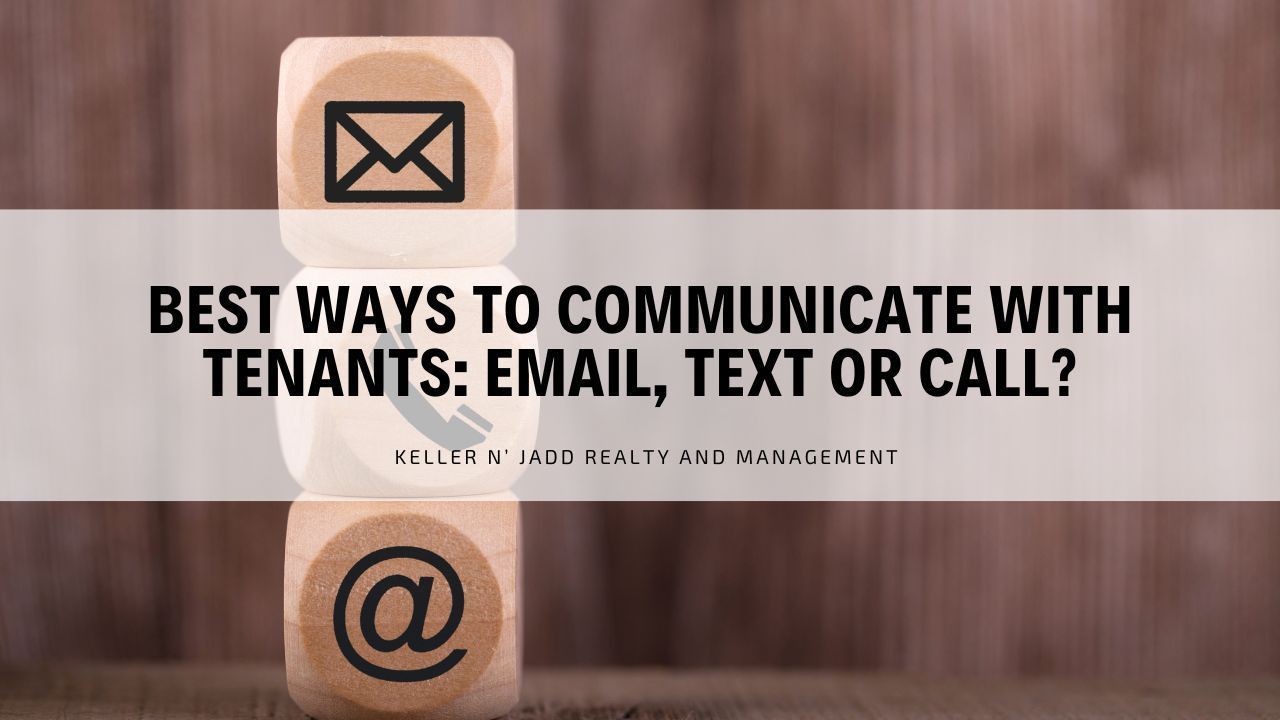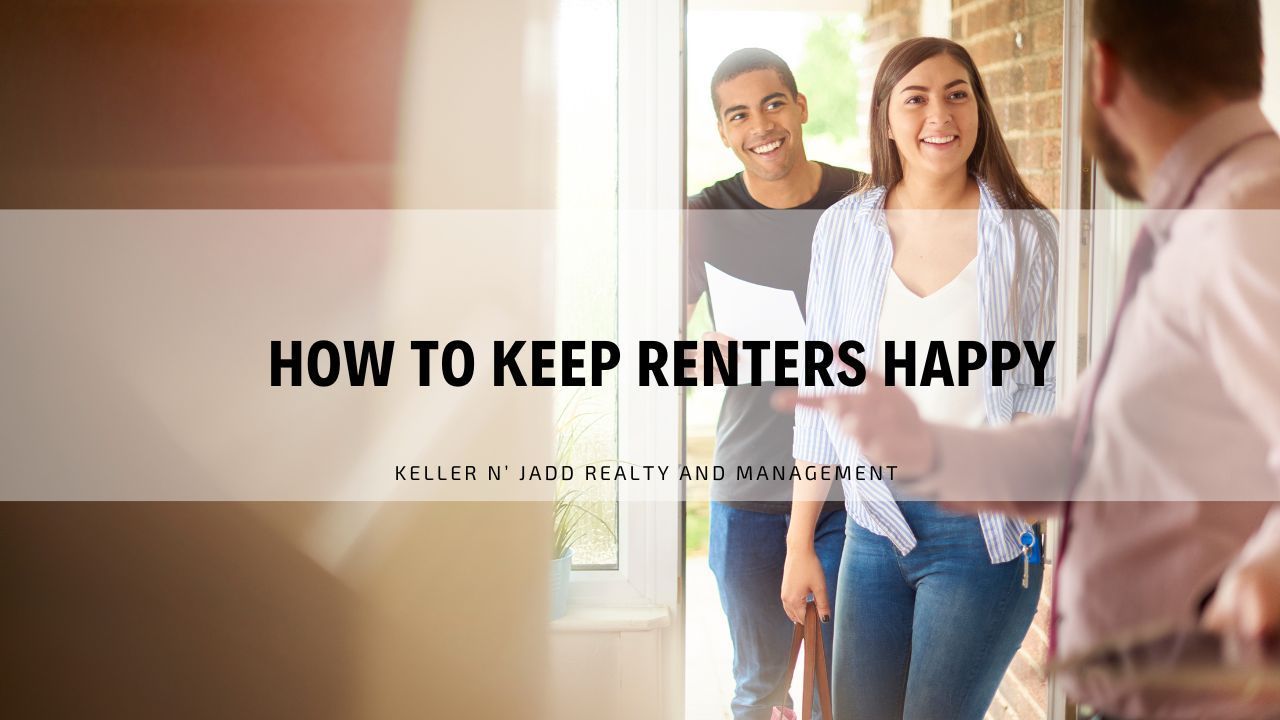How to Make a Solid Lease Agreement For Your Rental Property

If you’re considering renting out your Las Vegas house, go for it! Rental properties are a great investment allowing you to earn a steady passive income every month. Additionally, their value grows every year that goes by. By holding onto a rental property you can easily double your initial investment!
Although, it is crucial to remember that a rental property is an investment and as such, it comes with several risks. This includes a lack of liquidity, potential loss of rental income, long periods of vacancy, high maintenance costs, and dealing with difficult tenants. You can minimize these risks by drafting a good lease agreement!
How to Draft a Solid Lease Agreement
The end goal of a lease agreement is to outline the basic responsibilities of both landlords and tenants, as well as any rules and regulations renters must adhere to while living on the property. Here are the basic steps for writing a solid lease:
Step 1: Familiarize Yourself With The Rental Laws
As a landlord, it’s your responsibility to comply with the local rental laws. This includes building and safety codes, the
Fair Housing Act, security deposit laws, and landlord-tenant laws at large. If your lease doesn’t comply with local and federal rental laws, it could be rendered void.
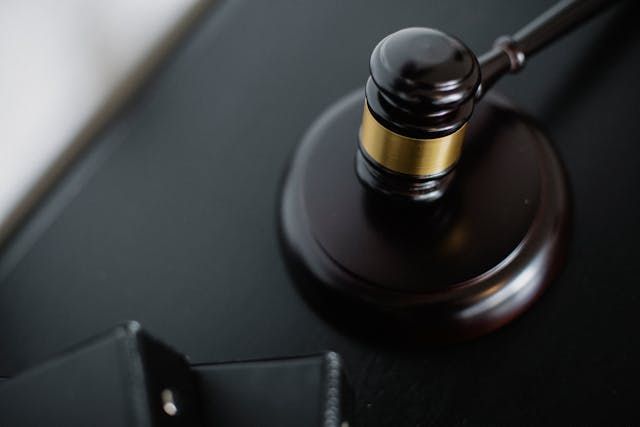
Before you start writing your lease, familiarize yourself with the laws in your state. Pay close attention to regulations regarding rent control, security deposits, required disclosures, and eviction procedures.
Step 2: Ensure You Have All the Information
Your lease should include essential information about all parties involved. So, you must make sure you have your tenants’ full names, contact information, and current address.
If you’re working with a property manager, you should include their name and contact information on the lease. That way, tenants will know who to call in case of an emergency.
Step 3: Set The Terms of The Lease
While closing the deal, you must have agreed on the duration of the lease with your new tenants. Whether it’s a weekly, monthly, or yearly lease, you should put the exact duration in writing.
Your lease agreement should specify the start and end dates of the tenancy, as well as any options for lease renewal or extension, including notice requirements and potential rent adjustments.
Step 4: Set The Price of Rent
Even if you specified the price of rent in your rental listing, you must still put it in your lease.This document should include the due date for rent payments, acceptable payment methods, and your late payment policies, including the grace period and the cost of late fees.
This way, you’ll be able to take action if a tenant ever misses a payment.
Step 5: Write Down The Security Deposit Terms
Security deposits serve as a protection net in case tenants damage your rental beyond normal wear and tear or fail to pay rent. Unfortunately, they’re a common source of disputes between landlords.
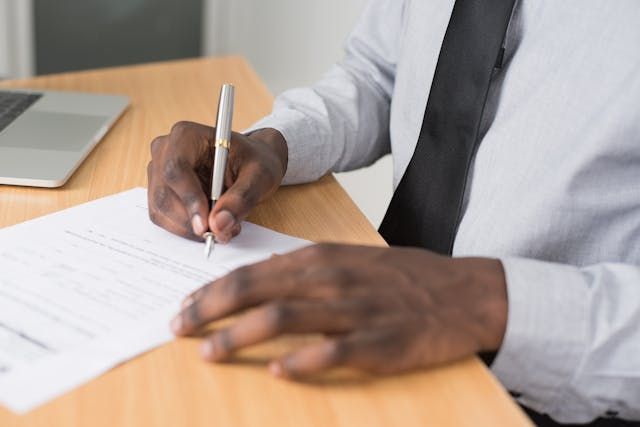
To avoid problems, your lease should specify the price of the deposit and outline the requirements for getting the full deposit back and what could count for deductions.
Step 6: Outline Tenants’ Maintenance and Repair Responsibilities
As a landlord, you’re primarily responsible for maintaining your rental property. However, tenants are also responsible for basic upkeep tasks such as cleaning and tidying the property, mowing the grass, throwing out their trash, and informing you of any repairs or issues that come up.
To avoid misunderstandings, it’s best to write down tenants’ maintenance responsibilities on the lease.
Step 7: Disclose Important Rules and Regulations
When it comes to writing a lease agreement, it’s better to be safe than sorry. Even if you think some rules are common sense, you should include them in the lease.
This includes
maintenance responsibilities, noise restrictions, parking rules, smoking policies, and even rules for having guests over. Additionally, you should disclose the consequences of violating any of these property rules.
Step 8: Include Any Additional Clauses
In addition to writing some basic house rules, it’s important that your lease covers potential issues such as subletting, alterations, and early lease termination. Your leases should always include the following clauses:
Subletting: If you are willing to allow tenants to sublet your property, you should state it in the lease as well as the requirements and restrictions for doing so. If you don’t allow subletting of any kind, you should clearly state it in the lease.- Alterations: Explain whether tenants can make alterations to the property and the conditions and restrictions for doing so.

- Insurance: If you require tenants to obtain renter’s insurance and provide proof of coverage, you should specify it in the lease.
- Entry Rights: Specify the circumstances under which you may enter the property and the notice requirements for it.
- Occupancy Limits: State the maximum number of occupants allowed in the rental unit.
- Early Lease Termination: If you’re willing to let tenants break their lease early, you should write down the conditions for doing so.
- Pet Policies: Specify whether pets are allowed on the property. If they are, outline the rules, restrictions, and additional fees or deposits tenants must comply with.
Step 9: Review and Finalize
Once you’ve drafted your lease agreement, proofread it to ensure no important information is missing. If you’re not sure whether your lease is solid enough, a property manager can help you review it.
Once your lease agreement is ready, you must meet with your hopefully
long term-tenants to sign the lease and set a move-in date.
Bottom Line
Renting out a property can be an incredibly profitable venture. But, it doesn’t come without risks. Landlords can face many problems, such as loss of rental income, long periods of vacancy, property damage, and holdover tenants.
Luckily, by following the steps outlined above, you will be able to draft a solid lease and keep your investment protected.
If you’re unsure whether your lease is solid and legally sound contact
Keller n' Jadd Realty & Management! Our team can help with every aspect of property management including how to draft a solid lease agreement.
